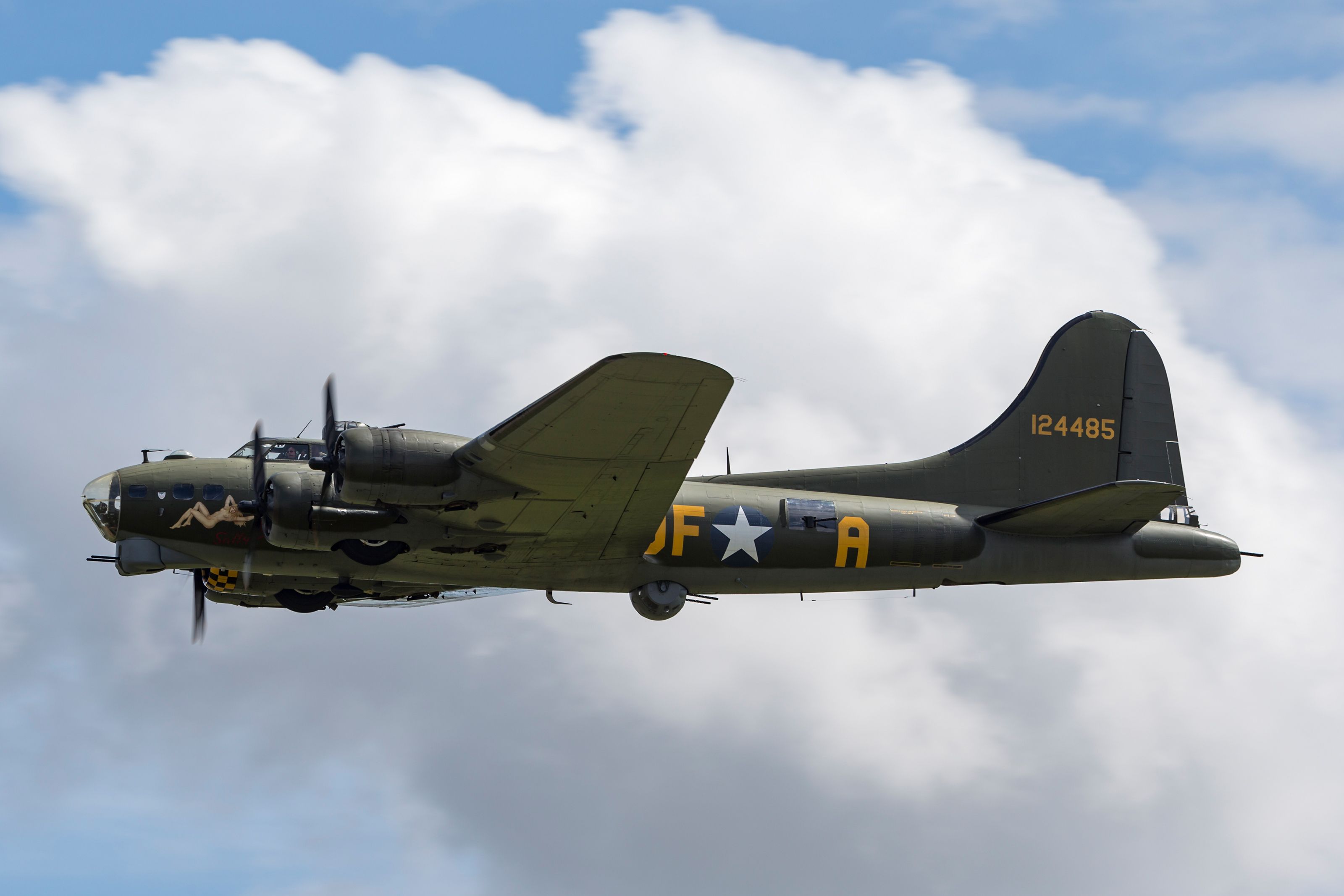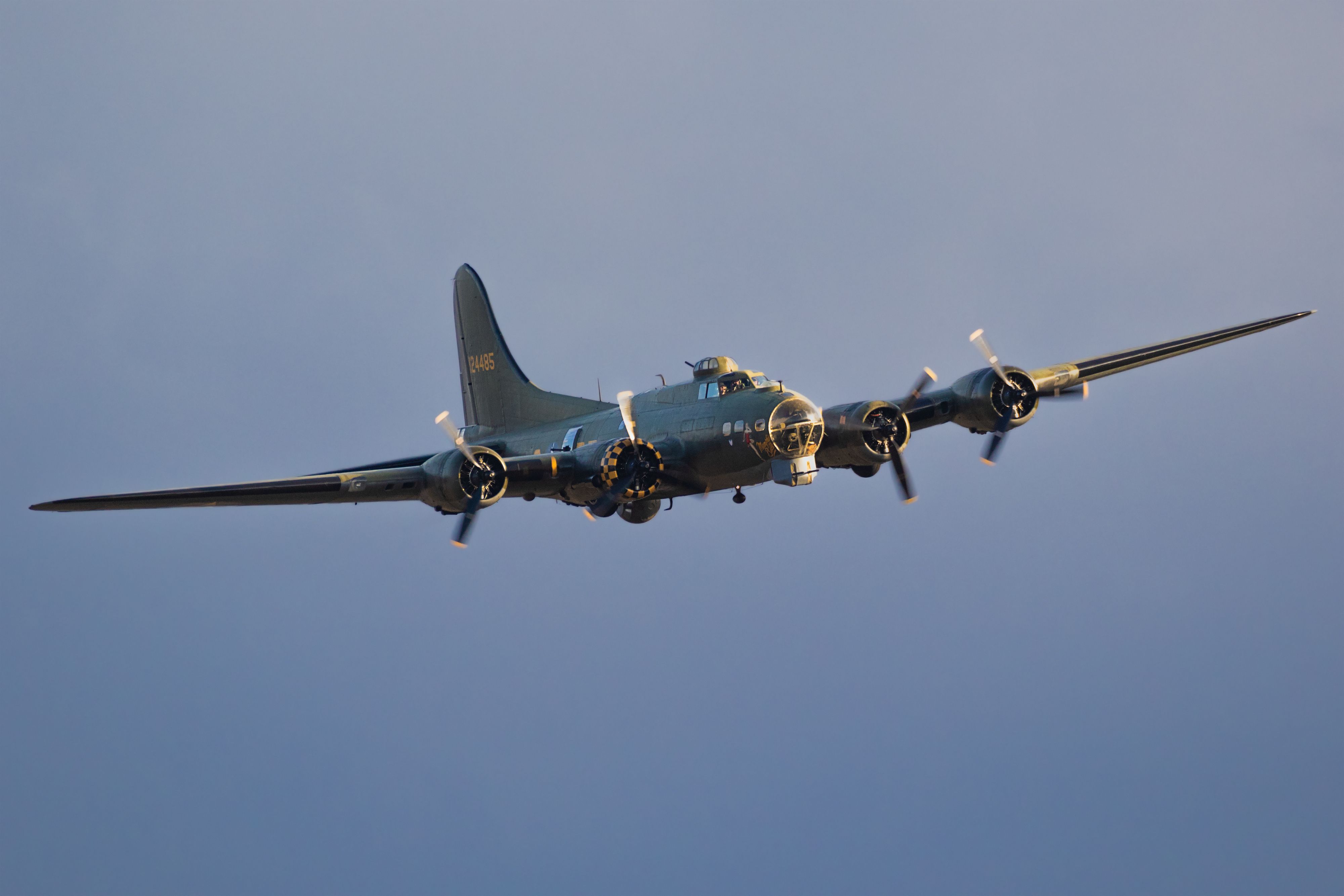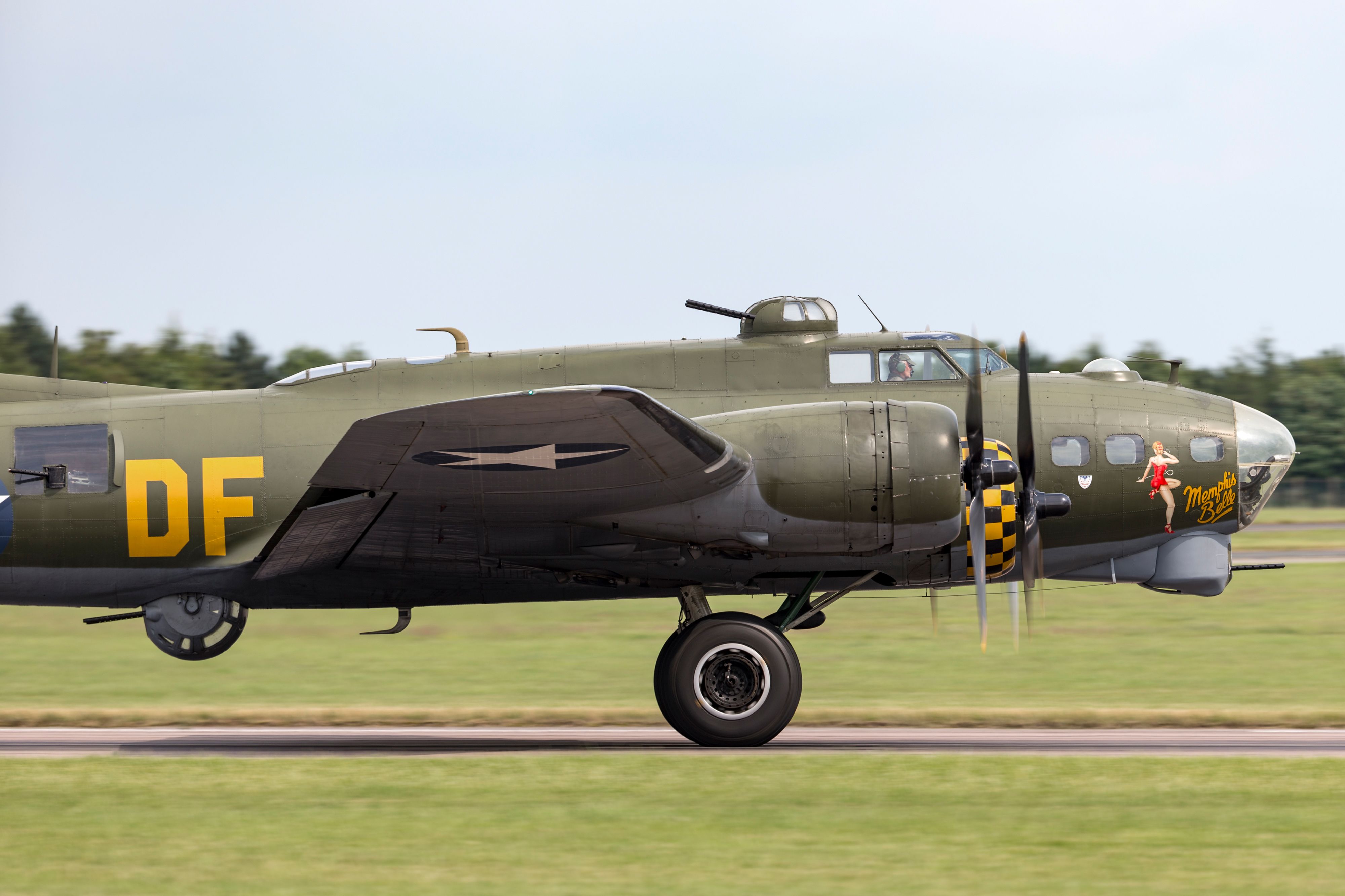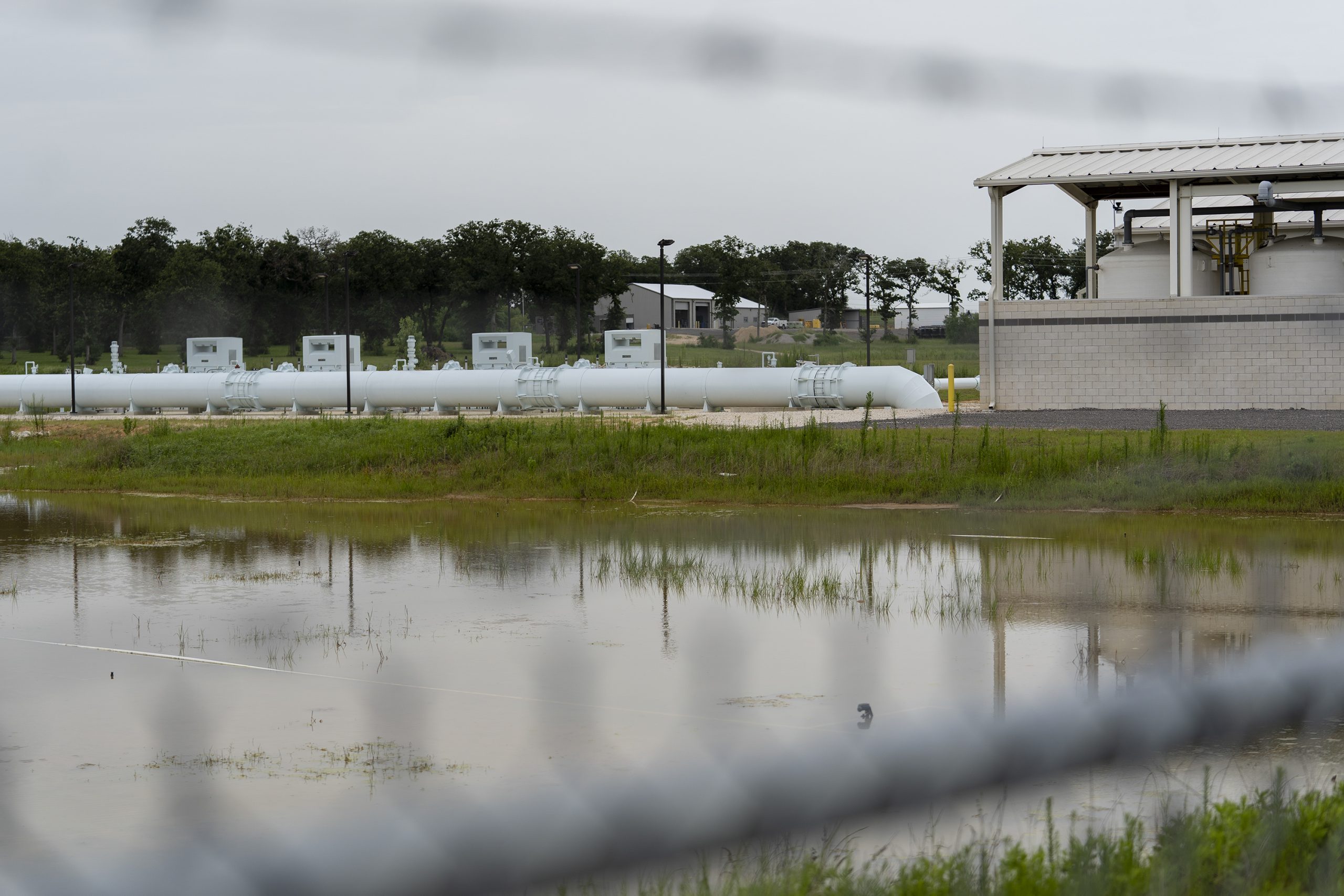Europe’s Last Boeing B-17 ‘Flying Fortress’ Is Set To Fly Again

Europe’s last remaining Boeing B-17 heavy bomber, famously known as the Flying Fortress, will again take to the skies. This comes after the B-17 had been grounded by the US Federal Aviation Administration (FAA) for more than a month due to safety concerns related to the aircraft’s wings.
The airworthiness directive issued by the FAA in May affected 18 B-17s registered in the US. Out of these, approximately three B-17s were in flying condition. Additionally, several other B-17s were undergoing restoration, while another affected Flying Fortress was in the United Kingdom.
Europe’s last B-17 is based at Duxford in Cambridgeshire, having been acquired by businessman and pilot Ted White as a restoration project. The B-17 was transported to Britain via Biggin Hill to the Imperial War Museum Duxford in March 1975, where it embarked on a new chapter as Sally B, named after Ted’s partner Elly Sallingboe.
Photo: VanderWolf Images/Shutterstock
In 1979, Elly Sallingboe and Ted White formed B-17 Preservation to operate and raise funds to keep the last remaining B-17 in the UK flying as the USAAF WW II Memorial Flight. Today, Elly Sallingboe leads the B-17 organization following the passing of her long-time partner, Ted White. In a comment to the BBC, Elly Sallingboe, the plane’s operator, expressed her delight upon the B-17 being granted approval by the UK’s civil aviation regulator to resume flying again.
The last remaining B-17 Flying Fortress in the UK is unable to carry passengers, but it regularly participates in air shows. Following test flying and crew training on June 23, the B-17 is scheduled to make a public appearance at the Duxford Summer Air Show.
About Boeing B-17 Flying Fortress
The Boeing B-17 Flying Fortress, developed in the 1930s for the United States Army Air Force (USAAF), is a four-engined heavy bomber. Renowned for its relatively fast and high-flying capabilities compared to other bombers of its time, the B-17 played a key role in the European Theater of Operations during World War II.
The B-17 was critical to the USAAF daylight precision bombing campaign and was armed with 13 machine guns, hence the name Flying Fortress. It earned its reputation as the aircraft that dropped the highest number of bombs during the war. With a production volume ranking it as the third-most-produced bomber in history, it falls behind the Consolidated B-24 Liberator and the multirole, twin-engined Junkers Ju 88.
Photo: Ryan Fletcher/Shutterstock
Powered by Wright R-18200-97 Cyclone radial engines, the Flying Fortress can achieve a maximum speed of 461 kilometers per hour when flying at an altitude of 25,000 feet. In terms of climbing, it can reach an altitude of 20,000 feet in 37 minutes. Additionally, the B-17 can fly up to 3,200 kilometers while carrying a payload of 2.5 tons of bombs.
Have you ever witnessed the Boeing B-17 Flying Fortress Sally B taking to the skies? Share your experiences with us in the comments section below.
Sources: BBC, Sallyb.org















